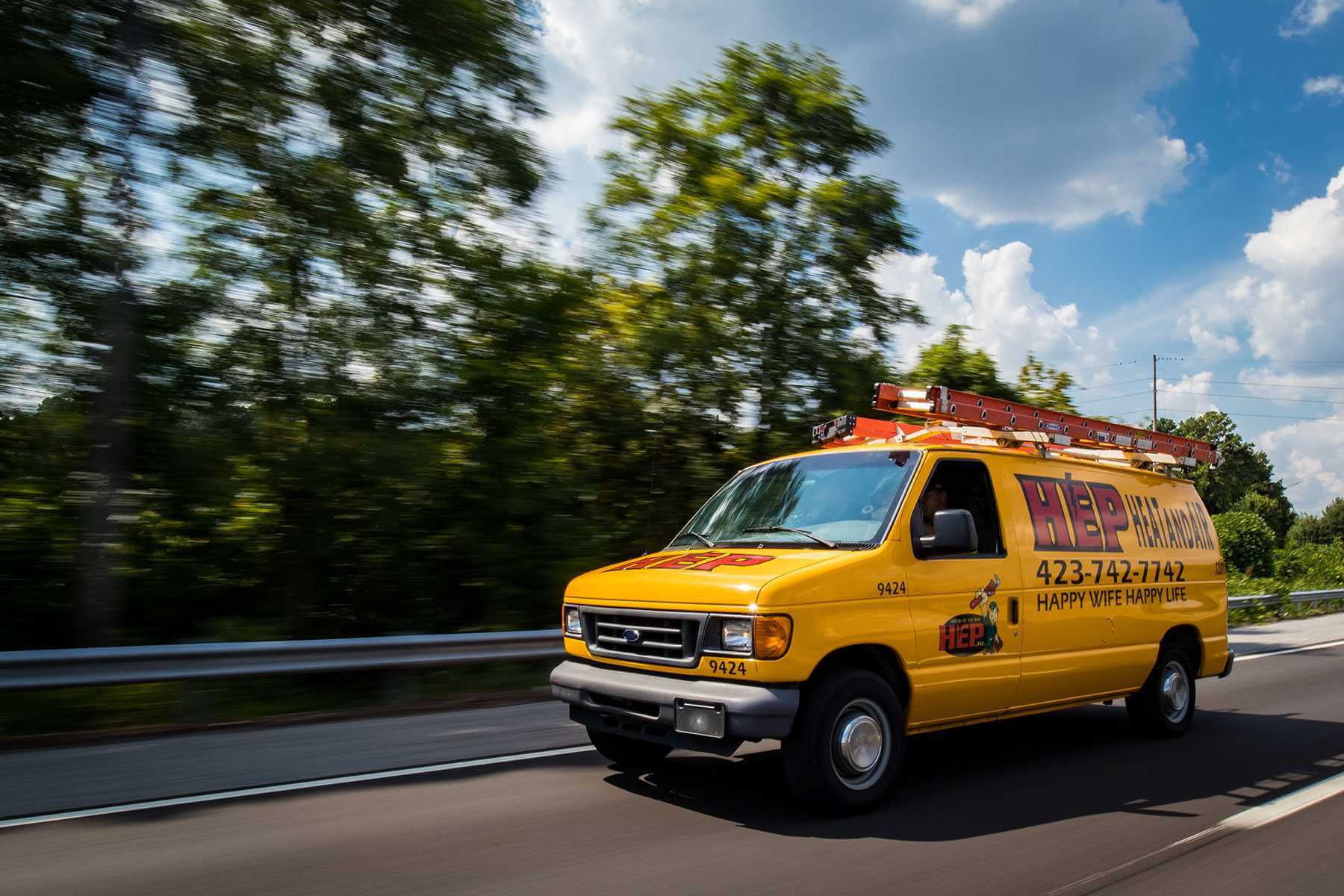

Dual-flush Systems
Your trusted partner for professional home services. Quality workmanship, guaranteed satisfaction.




- HEP Plumbing
- Dual-flush Systems
Dual-flush Systems | Toilet Upgrades and Replacements | Plumbing | Fayetteville
Ready to cut water costs in Fayetteville without sacrificing performance? HEP’s licensed plumbers specialize in dual-flush technology that lets you choose a powerful flush for solids or a water-saving rinse for liquids, trimming up to 70% off every cycle. Whether you’re tired of an unreliable handle, constant running, or sky-high utility bills, our crew assesses your existing setup and fits sleek, eco-friendly fixtures that blend with any décor—often in just one visit.
From simple retrofits to full-scale toilet upgrades and replacements, we handle everything: haul-away, flange repairs, supply-line swaps, and leak tests. You’ll gain a quieter bathroom, lower water bills, and the peace of mind that comes with HEP’s workmanship warranty. Call or book online today and let Fayetteville’s go-to plumbing team turn your throne into a high-efficiency powerhouse.
FAQs
What is a dual-flush toilet and how does it work?
A dual-flush toilet is designed with two flushing options: a low-volume flush (usually 0.8–1.1 gallons per flush) for liquid waste and a full flush (1.28–1.6 gallons per flush) for solid waste. The user selects the appropriate button or lever, and an internal valve releases only the amount of water required. This simple choice can cut water use by 30-50 % compared with a conventional 1.6-gallon single-flush toilet.
What are the main benefits of upgrading to a dual-flush system in Fayetteville?
1. Lower water bills: Northwest Arkansas’ average residential water rate means every gallon counts. Dual-flush technology can save 4,000–6,000 gallons per household per year. 2. Environmental stewardship: Fayetteville’s sustainability initiatives emphasize water conservation; a dual-flush toilet directly supports those goals. 3. Code compliance: New construction and remodels in Fayetteville must meet Arkansas Plumbing Code requirements for high-efficiency fixtures—dual-flush toilets are fully compliant. 4. Increased home value: Buyers often look for efficiency upgrades; a modern dual-flush system is an attractive selling point. 5. Reduced strain on septic systems: For homes outside city sewer service, less water means a longer-lasting leach field.
Will a dual-flush toilet fit my existing bathroom plumbing?
In most cases, yes. Dual-flush toilets use the same 12-inch rough-in and standard 3- or 4-inch flange found in nearly all Fayetteville homes. During a site visit, our plumber verifies rough-in distance, closet flange condition, and supply-line placement. If your current setup is older (10- or 14-inch rough-in) or the flange is damaged, we can install an offset flange or perform a quick repair so the new dual-flush bowl seals properly.
How much water and money can I expect to save in Fayetteville?
A standard single-flush toilet uses 1.6 gallons per flush (gpf). With the average person flushing five times a day, a family of four uses roughly 11,680 gallons yearly just for toilets. A dual-flush model averages about 1.1 gpf overall usage, bringing annual consumption down to roughly 8,030 gallons. At Fayetteville’s current water rate of about $5.58 per 1,000 gallons (water + sewer), that’s a savings of $20–25 per toilet each year—more if your household is larger or your existing toilet predates the 1.6 gpf standard.
What is involved in replacing my old toilet with a dual-flush model, and how long does installation take?
1. On-site assessment (15–20 min): We verify measurements, shut-off valve condition, and flooring stability. 2. Removal of old toilet (20 min): The water is shut off, the bowl and tank are drained, bolts are removed, and the unit is lifted. 3. Flange and wax seal preparation (10 min): We clean the flange, inspect for cracks, and install a new wax or rubber seal. 4. Installation of dual-flush toilet (30 min): The bowl is set, bolts torqued, tank attached, supply line connected, and flush valve calibrated. 5. Testing & cleanup (10 min): We check for leaks, verify both flush modes, and haul away the old toilet for environmentally responsible disposal. Total onsite time is typically 1.5–2 hours per toilet, so most homes can be fully upgraded in a single morning or afternoon.
Do dual-flush toilets require special maintenance or repairs compared to standard toilets?
Routine care is almost identical: keep the bowl clean with non-abrasive cleaners and check the flapper or seal annually. The dual-flush valve uses gaskets instead of a traditional rubber flapper, so there’s less chance of warping. If a button sticks or water runs continuously, the fix is often a simple gasket replacement or debris removal—parts are inexpensive and stocked locally. We recommend an annual inspection (free for our Fayetteville customers) to ensure optimal performance and continued water savings.